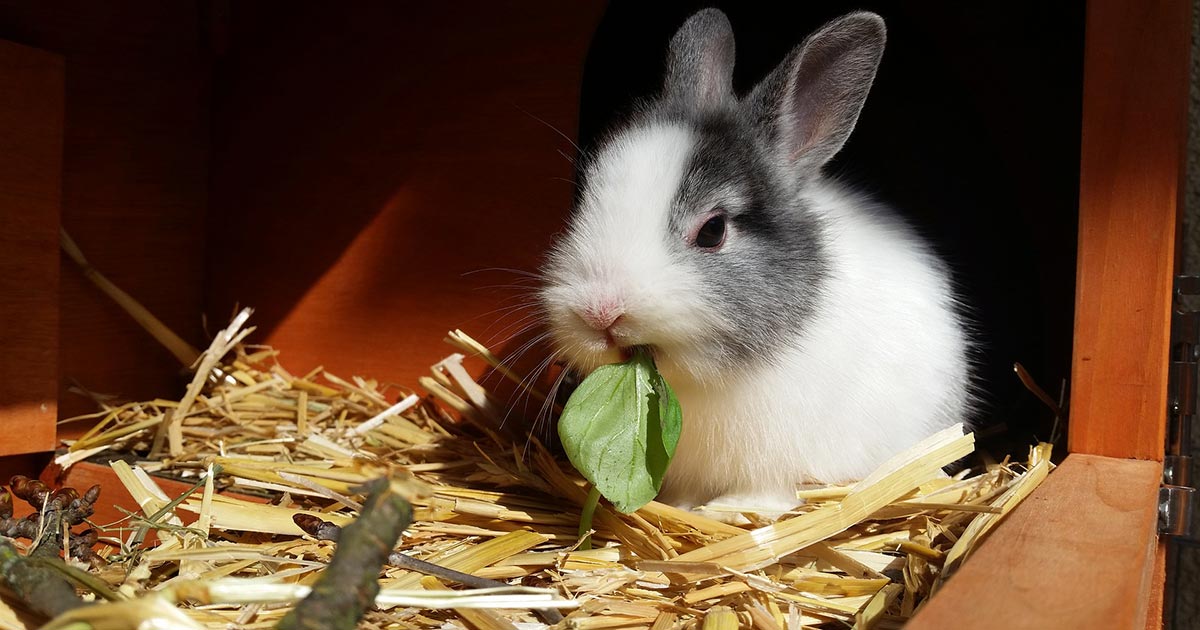Following the recent plea to the UK Government by the British Veterinary Association, I’ve seen several articles over the past month all addressing the welfare and ethical issues concerning the sale of rabbits by themselves.
I’ll be honest, reading these articles has filled me with a mild sense of guilt as I myself had a single rabbit as my very first pet.
What we consider normal
I think rabbits are quite a common choice for first time pet owners as they give the impression of a very low-maintenance option when compared with a cat or a dog.
However, the general public are sometimes under a misapprehension about what is normal for our pets, especially the small ones. The smaller the animal and the more different from ourselves, the harder it becomes to judge its behaviour and whether its needs are being met.
That is why, for generations, people have been housing their goldfish in bowls and rabbits by themselves. In the same way all fish need a filter, a heat source and environmental stimulation, rabbits need companionship – just like us.
The norm
It makes perfect sense when you think about it: rabbits in the wild are social creatures that live in large colonies to help with rearing young and watching for predators. Primates are the same in that regard; our closest relatives enjoy the perks of group living. Both apes and humans have been seen to suffer from prolonged isolation – it makes us nervous, depressed and can have negative impacts on our health.
Sadly, rabbit research has been a little thin on the ground until recent years, and nobody realised their loved and cherished fluffy friend was lonely or in any way deprived.
Domesticated rabbits have been commonplace in the UK for a long while, although they were originally kept more for food than companionship. While this trend has changed dramatically, the way in which we house our rabbits has not.
The blame game
I loved the rabbit I had as a six-year-old – coming home to Flopsy (do forgive me for my lack of originality) was one of the favourite parts of my day. Neither I nor my parents knew any better than to keep him by himself, or indeed to feed him carrots like they were going out of fashion.
Much like my six-year-old self, an alarming amount of the general public have no idea that carrots for rabbits are like chocolate for us. For such a small animal they are surprisingly high in sugars and since rabbits wouldn’t naturally eat root vegetables as part of their diet and like any good thing, eating too many can impact their health in the long run.
With all of this in mind:
- Who is to blame for all these common misunderstandings? Is it, in fact, the cartoon rabbit franchise with their carrot munching propaganda?
- Is it the owner’s responsibility to research their animal before they bring it home, or is the role of the seller to ensure the buyer is making an informed purchase?
- Does the vet have a duty to triple check the animal management of every pet they see – and is this truly feasible in an average 15-minute consult alongside the routine check-up and actual reason for the appointment?
Collective responsibility
When it comes to understanding our pets, I believe we’ve still got a long way to go – and I don’t think its fair to blame any one person or authority for misconceptions, myths or a general lack of education regarding animal husbandry.
It’s probably best to say it’s down to everyone to do their bit towards making sure every animal is as content and cared for as legitimately as possible. Owners should certainly do their own research when it comes to pet ownership, but it is also the responsibility of every veterinary practitioner to be a willing source for this research.
The pool of information we have on pet care is ever changing and expanding which can hopefully only mean good things for our furry friends.

Leave a Reply